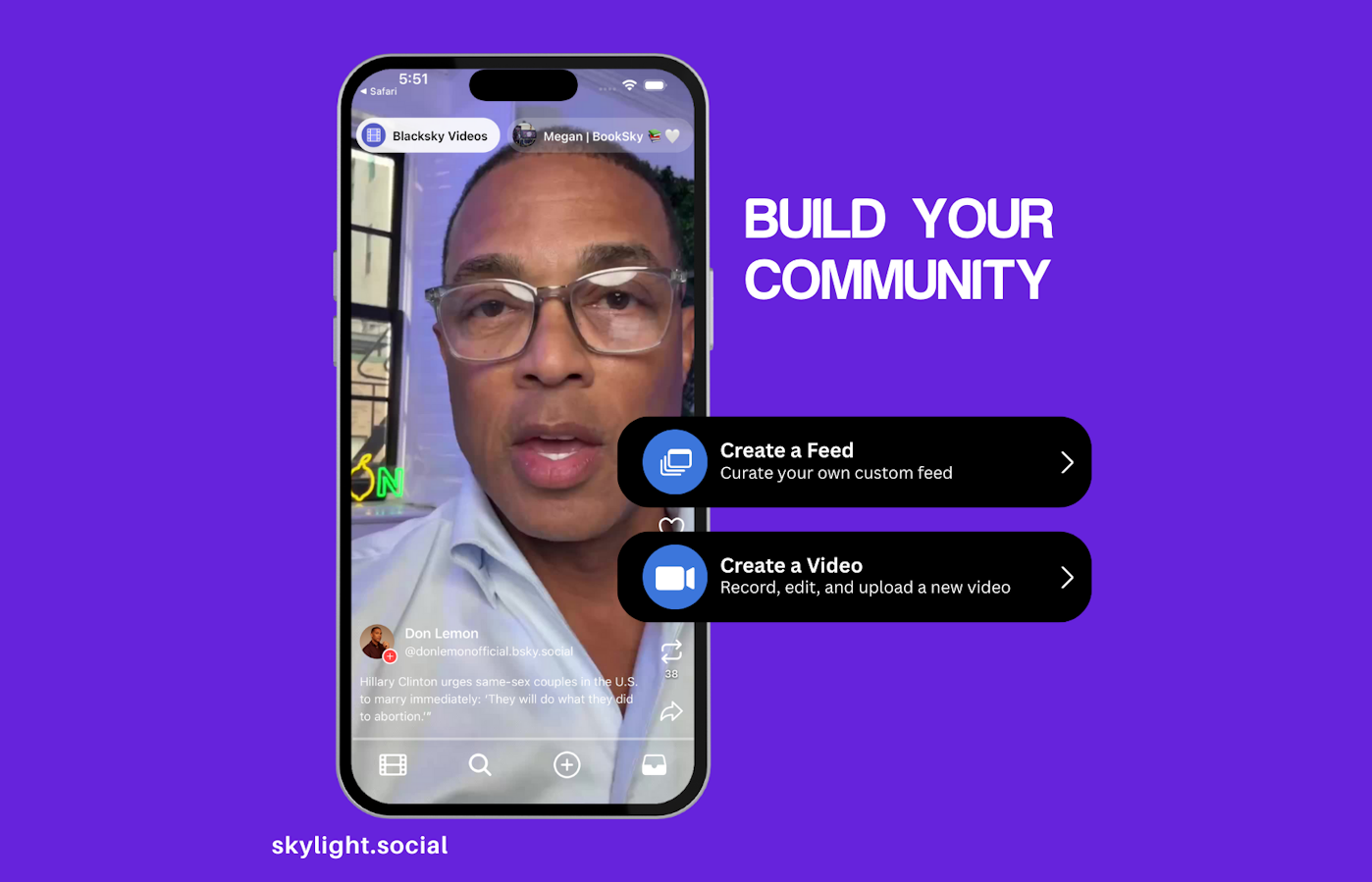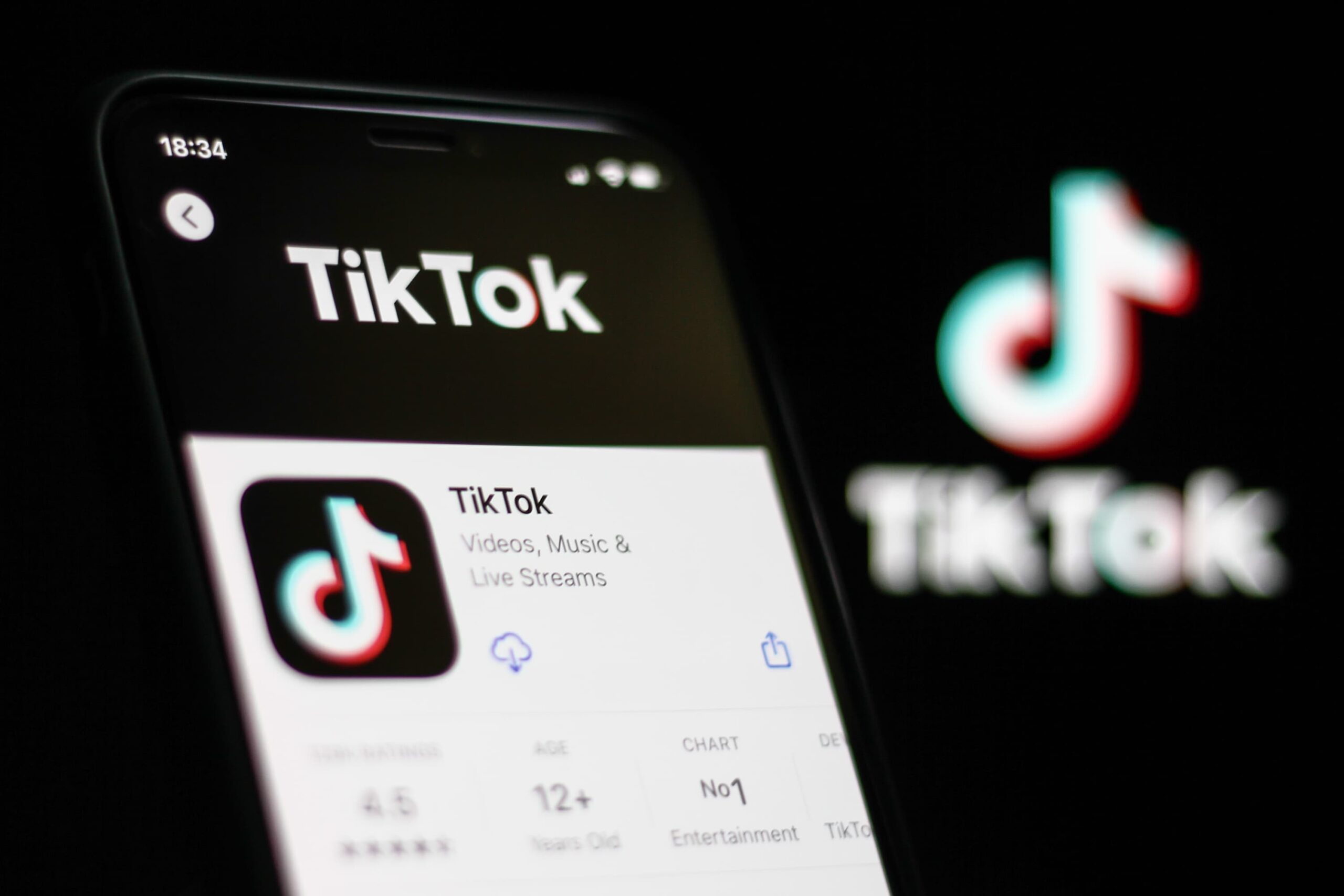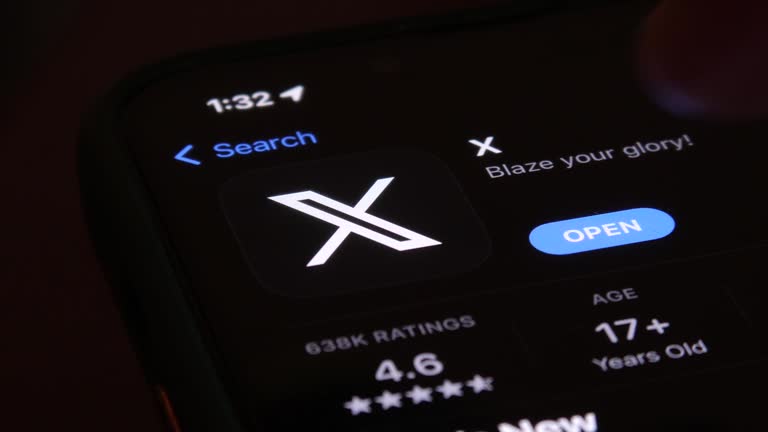A new survey from Pew Research sheds light on how U.S. ****agers are engaging with social media, offering insights into the platforms they favor and the time they spend online. The study, which surveyed 1,391 ****s aged 13 to 17 and their parents, reveals trends that are particularly relevant as governments explore measures to limit **** screen time.
YouTube remains the dominant platform, with 90% of ****s indicating regular use, despite a slight decline from previous years. TikTok, Instagram, and Snapchat continue to be the “big three” for social connection among ****s, with about six in ten ****s reporting regular use of TikTok and Instagram, and 55% using Snapchat. Meanwhile, Facebook and X (formerly Twitter, and often still referred to as such by its **** users) have seen dramatic declines in **** engagement over the past decade.
Nearly three-quarters (73%) of ****s use YouTube daily, with 15% describing their usage as “almost constant.” TikTok follows closely, with 60% of ****s using it daily, and 16% engaging with it almost constantly. Gender differences emerged in the findings, with **** girls more likely to report near-constant TikTok use, while boys favored YouTube. Other apps showed more balanced usage patterns across genders.
Smartphone ownership is near-universal among ****s (95%), with gaming consoles (83%) and laptops (88%) also widely accessible. However, access to devices like tablets varies by income, with wealthier ****s more likely to have access to these devices.
Racial and ethnic disparities are evident. Hispanic and Black ****s are more likely than White ****s to use TikTok and YouTube almost constantly. Income also plays a role: ****s from lower-income households are more likely to use platforms like Facebook and TikTok than those from higher-income homes.
All of this could be important data for any platforms specifically trying to provide a space for **** users, given the wild difference in how specific demographics can behave on social media. Differences in social media usage and preferences alone could dramatically alter which platforms are most likely to attract which groups of ****age users – and that’s without comparing this report to any other established data about how ****s use their social sites.























